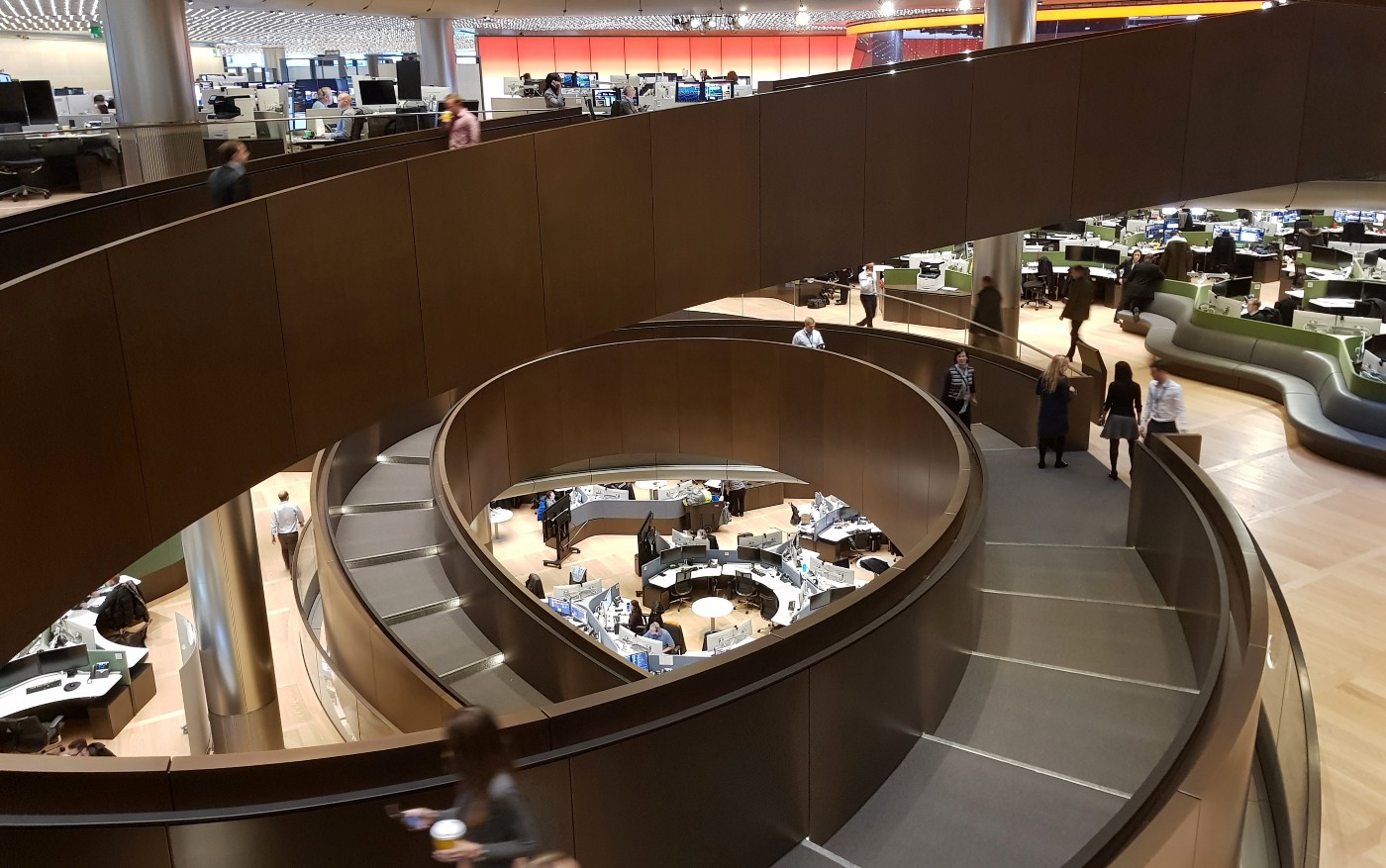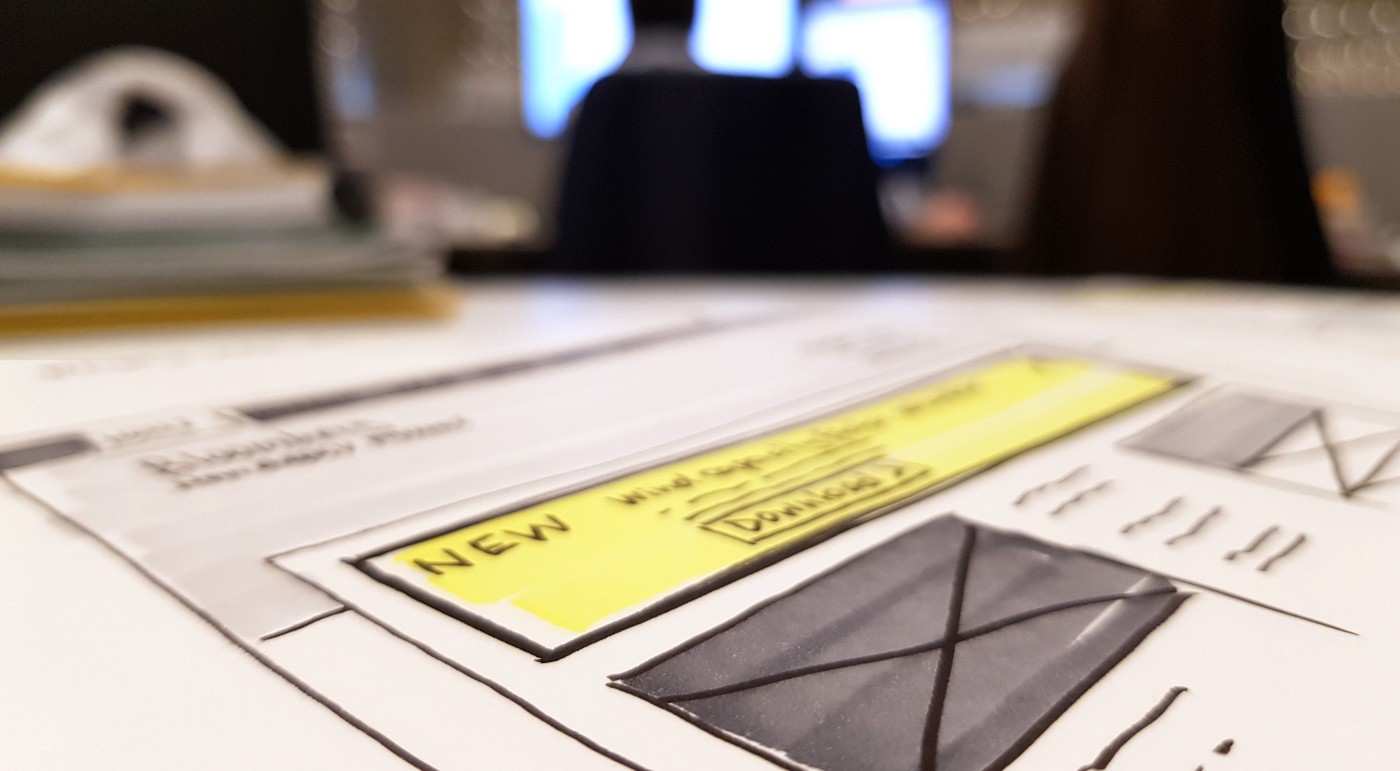How to present design work to non-designers
A good presentation could get your design approved, or quickly dismissed if you don’t present it right.

Get stakeholders on board of your design vision. Easily said, not easily done.
As a product manager in a large corporation, who previously worked in small design firms as a designer, I have learned the hard way how to present designs to get stakeholders on board. Now sitting on the receiving end I can confirm what does and doesn’t work for getting product managers on board. Unlike me, most people working in dev-ops, product or marketing don’t have a design background and have very little understanding of the design process and lack the imagination to see the potential of work-in-progress.
Here are 6 useful steps to successfully present design work to non-designers:
1. Know your audience
Know who you’re presenting to. Make your presentation relevant to them. If you’re presenting to clients in marketing, you will have to use different terminology as if presenting to developers. For example, talking about how a previous design has increased audience reach might impress marketing managers, but will result in blank faces with developers. Never assume knowledge. Best prepare by talking to individual stakeholders before presenting to them, to get a picture of what resonates with them.
2. Summarize the brief
Start with re-capping why you’ve done the work. Even very senior designers presented to me by starting with showing the design. I rarely remember the content of every meeting from the past and appreciate when someone is mindful of my forgetfulness. Summarize how you’ve interpreted the brief. Sometimes the briefs are badly worded or non-existent. I’ve been given a brief from hell in my past life as a designer, when a project manager approached me with a printout and said: “Can you make this look better?” In this case, I would summarize the brief in my own words: “Improve the creative positioning (task) in the cultural context of the target audience (context) to increase brand appeal (goal).” Stakeholders at this point will tell you when you’re wrong. A good opportunity for them to learn to give you a better brief next time: (Task — context — goal)
3. Share your insights
Before you show your work, continue with summarizing your research and outline some of the findings. If it’s competitive design research or inspiration you took from elsewhere, build up to the big reveal of your work by outlining how the work started. In the best case user research informed every step of the way. In the worst case, it was thrown together overnight. For the latter case, show relevant past work to prove your expertise.
4. Show the design
Never state the obvious but tell a story. Architects often focus on the key benefits of a building for showcasing their work. This is how Foster Architects describe the office I’m working in:
"e;Bloomberg’s European headquarters is respectful of its location in the heart of the City of London, close to the Bank of England, St. Paul’s Cathedral and the church of St. Stephen’s Walbrook. In its form, massing and materials, the new building is uniquely of their place and time — a natural extension of the City that will endure and improve the surrounding public realm. It is a true exemplar of sustainable development, with a BREEAM Outstanding rating, and the highest design-stage score ever achieved by any major office development."

Bloomberg offices in London by Foster & Partner
When presenting work, create an emotional appeal and go beyond facts but describe the vision (“will endure and improve the surrounding public realm…”). Foster could have also stated these interesting facts about the building instead:
"The building cost £1.3bn from start to finish, has fiber optic cables that could span from London to Geneva, uses more steel than the Eiffel tower and had the biggest single concrete pour in the history of the UK."
This presentation despite containing impressive numbers doesn’t illustrate why the building would be a good investment or why anyone would like to work in it, therefore be light on numbers.
Build suspense in your presentation and set expectations of what’s to come: The story and accompanying visuals should go from vague towards concrete. From sketch to detail.

Sketch of a new interface concept
5. State the design’s intent
At this point stakeholders would love to share their feedback right away. Let the work sink in first, by asking them to wait until you’ve finished stating the design’s intent. Every project follows a goal. In a marketing campaign it might be to raise awareness of unique product benefits to impact direct sales, in a news organization an improved interface design might aim to increase user engagement. State how your work will help reach the set goals. When the goals aren’t set outline the success metrics that will help stakeholders measure your work objectively. Even negative verbal feedback can be a success metric when the goal of the design is to gain user insights to iterate on the next version of the design.
6. Gather feedback
The stakeholders now had time to reflect and were given a chance to view the design more objectively by listening to the work’s intent. You’ve framed the following conversation about whether or not the design will achieve the stated intent. This will be more helpful feedback rather than gut reactions such as “I don’t like it”. Gather feedback but guide the conversation, you don’t want the conversation to spin out of control. Create 3 feedback areas and time box feedback!
- Keep (likely to meet goals)
- Improve (unlikely to meet goals)
- Parking lot (unaddressed issues or new ideas)
Summarize feedback to outline next steps.
One more thing…
Good design is created through copying, collaborating and competing with people nearby (agglomeration economics). Learning a thing or two from other disciplines like sales about great presentations will create tomorrow’s design leaders.
Break a leg.
